The Too Many Political Emails Debate (and its far-reaching implications)
“There are so many hard-working, influential Senators and Congresspeople here
tonight and I just want to say on behalf of everyone I know: Stop emailing us. Stop it.
We get it ‘Democracy is on the line’ and your plan to save it is to flood our inboxes.”
– Colin Jost at the White House Correspondents Dinner
When questions about your direct marketing practices become part of the cultural conversation, you’ve moved into interesting (and potentially dangerous) territory. There is little doubt that both presidential campaigns and many Senate ones are testing the limits with several emails a day strategies. Is that too much? There’s not a simple yes/no answer. But there’s lots to consider. Let’s take a closer look beginning with a look at what we know and don’t know.
Remembering the Context

It’s always dangerous to pass judgment on a fundraising campaign without access to real time data about its actual performance. There may be hard data backing up both the volume of email being sent and the content of those emails. This memo’s observations should be received with that important caveat in mind.
It is also important to note that we are talking about 2024 campaign email fundraising efforts, not their voter persuasion and voter mobilization work which operate under a very different set of audiences, strategies and metrics.

I’ve been at the center of several presidential campaign direct response efforts. Nothing compares to it in terms of donors’ level of engagement, their responsiveness and, significantly, their tolerance for repeated contact. (High-profile emergencies come the closest, but usually persist over a much shorter span of time.)
A combination of factors — the high stakes in the election’s outcome, the daily intense media coverage and, importantly, the limited time frame with a certain end date — make it possible for presidential campaigns to bend or even break normal fundraising rules of engagement. Indeed, not changing your approach to match the unique presidential campaign climate would be akin to professional malpractice.
High–profile Senate races aren’t quite the same. But they do allow Senate fundraisers to be bolder and more adventurous than would be prudent for organizations operating outside the campaign environment.

We can’t evaluate the email volume and content as if it operates in isolation. This campaign is operating in the most robust social media climate a presidential campaign has ever experienced. Spend just a few moments with the Biden campaign on TikTok and you will encounter more substantive and emotionally engaging content than you are likely to find in your email inbox.
A few examples: Detailed info about Trump courting Big Oil and Biden’s strong record on climate action. An engaging dialogue about everything Biden has done on reproductive rights. Content exposing a Trump promise to end protections for LGBTQ students on day one. The same kind of engaging content can be found in other social media.
This kind of robust social media content rounds out the Biden message and, for those exposed to it, takes a lot of pressure off the email channel. So, in evaluating the wisdom of the Biden campaign’s volume, it’s important to distinguish between two very different audiences:
Digitally-Engaged Audiences: For people steeped in social media, it’s easy to see a strategy that assigns different roles to various channels, counting on social media to convey substance and promote emotional engagement and relying on a steady stream
of emails to carry the fundraising burden. Even the high email volume may not be especially problematic for these audiences if they are mostly focused on interesting social media content and basically ignoring the emails until they choose moments to donate.
Email-Centric Audiences: The trick, of course, lies with older parts of the Biden audience who are not as attuned to social media. They are mainly relying on email for information from the campaign and, for that reason, this may be the place where worries about the volume and content of the campaign emails are most legitimate. It could be a substantial worry. So, let’s examine it more closely.
Here’s the potentially serious problem. If email-centric audiences are relying mainly on campaign emails, that creates three problems.
- They are likely very alert to the high volume of emails being sent their way.
- They are receiving a very static, repetitive, fundraising technique-focused message.
- They are not being exposed to counter-balancing content and emotional engagement available on social media.
This is what I mean when I describe the email message as static and repetitive: The email campaign relies heavily on technique as opposed to more substantive content. Sweepstakes to meet the candidates, matching gift offers, mid-month or end-of-month “deadlines,” and updates on unmet fundraising goals dominate the conversation.
The basic message repeated over and over is this: “The stakes are high. The campaign needs money to defeat Trump come November. We have big fundraising goals. We need you to keep funding our work.”
For this specific and not insubstantial audience, it’s very difficult to productively sustain such a high-volume, static conversation over time. And that’s the most serious worry about the campaign’s email strategy.
A Key Question About the Evolving Role of Email
This is a subject for longer exploration on another day. But I would be remiss if I didn’t point out that the prior section of this memo raises a critical question for the entire nonprofit community about the evolving role of email.
Are we gravitating towards a digital division of labor that counts on social media to convey substantive content and emotional engagement? In parallel, are we relegating email to the role of a transactional ATM-like donation collection channel?
And, if that’s the case, is that a sustainable arrangement understandable and acceptable to our audiences?
The Next Six Months: A Few Suggestions
With all this memo has discussed in mind, I would offer a handful of suggestions to different players across the nonprofit fundraising landscape:
At the presidential campaign level:
1️⃣ ➤ If you’re not already doing so, treat email-centric audiences differently than
you do people who are also active on social media.2️⃣ ➤ Recognize that even technique-heavy emails can be located in time and placed within a narrative arc – e.g. not just a matching fund, but a matching fund aimed at driving the campaign message home in the critical 10 days following the June debate.
3️⃣ ➤ Remember that email donors are also voters and campaign advocates and their level of energy and excitement matters as well as their wallets.
For Down Ballot Candidates:
1️⃣ ➤ Don’t just mimic presidential tactics and messaging. You’re not in the same position.
2️⃣ ➤ Find a unique voice that reflects the personality of your candidate and separates you from other candidates.
3️⃣ ➤ Avoid the redundant use of the same tactics – e.g. “humbly asking” subject lines and “Is there anything I can say to convince you” messages.
For the Broader Nonprofit Community:
1️⃣ ➤ Think carefully about the divide between social media-engaged and email-centric audiences.
2️⃣ ➤ Be alert to whether, intentionally or not, you are positioning email as a narrow, donation collection channel.
3️⃣ ➤ Remember that unlike for campaigns where it plays a diminishing role, direct mail can serve alongside social media as a channel for conveying more substance and emotional energy.4️⃣ ➤ Begin thinking now about what your year-end email strategies will look like at the end of this long, email-heavy campaign season.


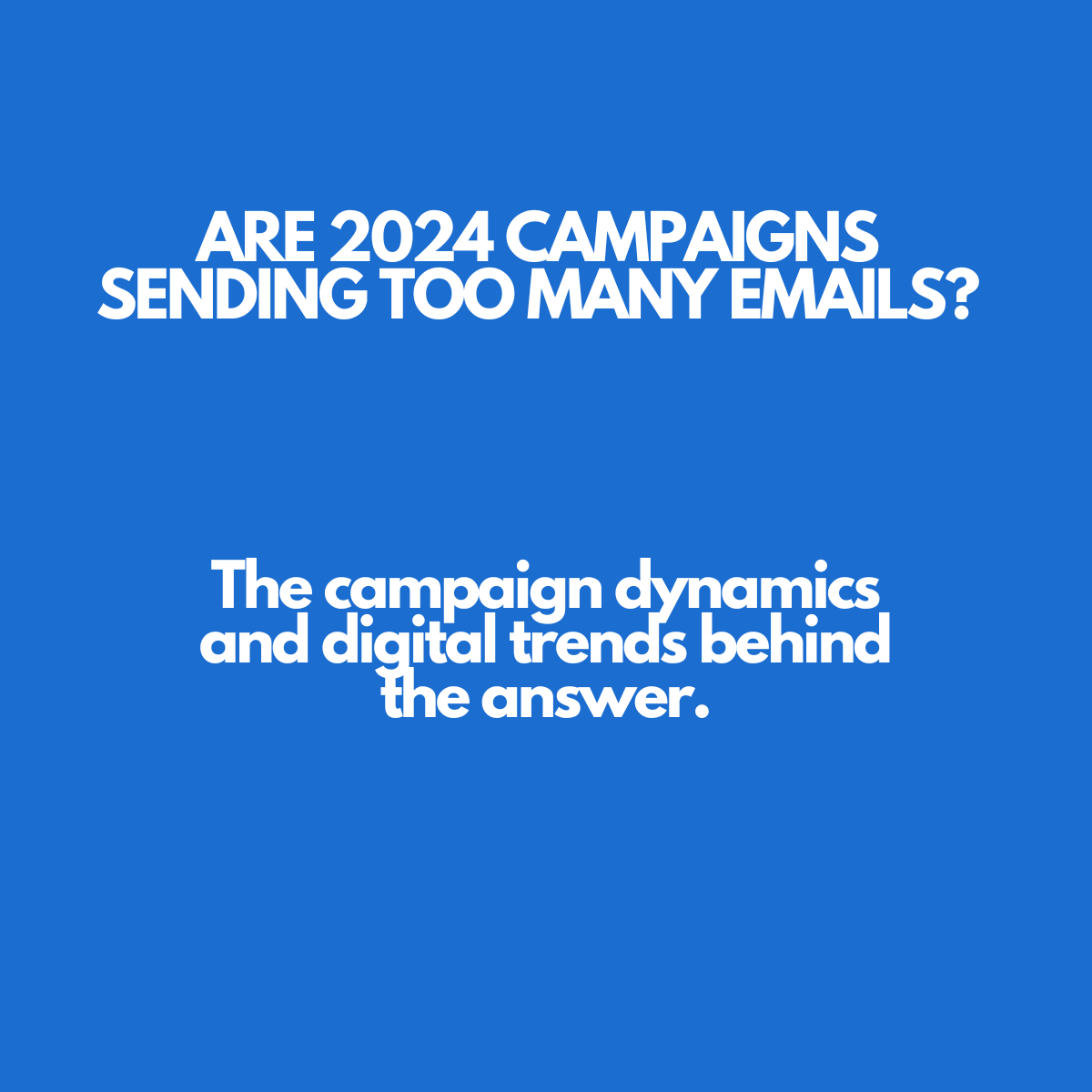
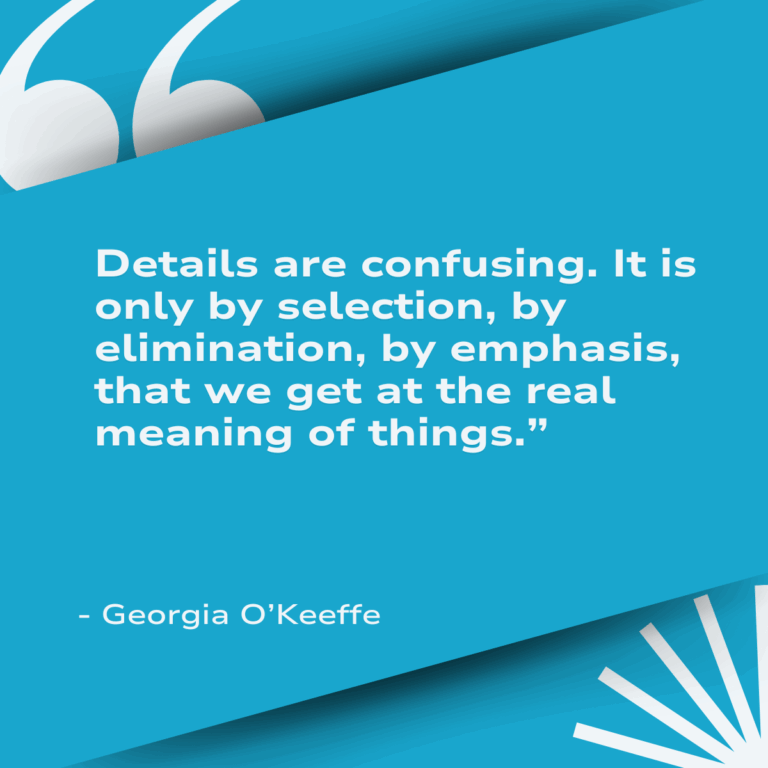
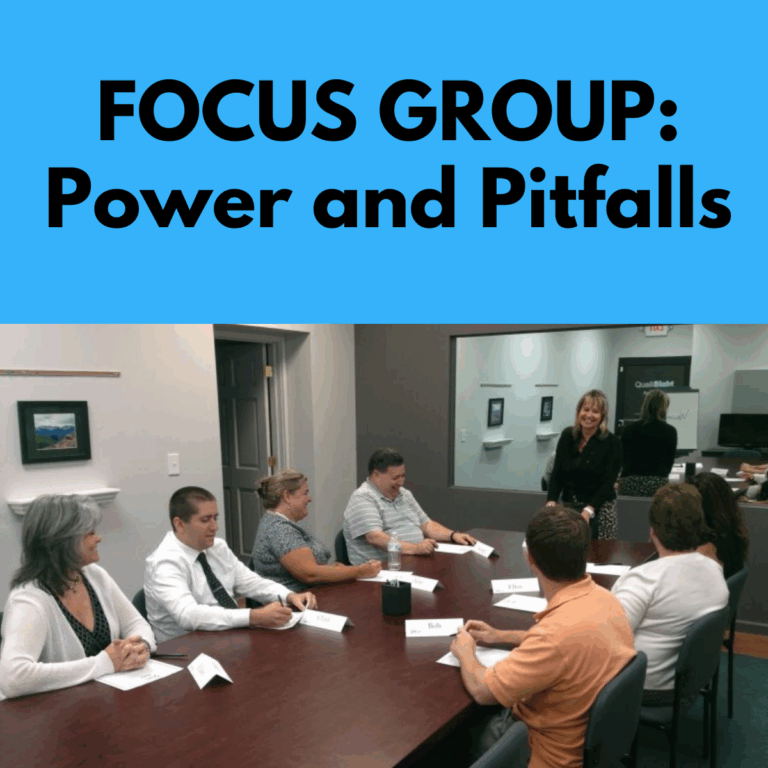


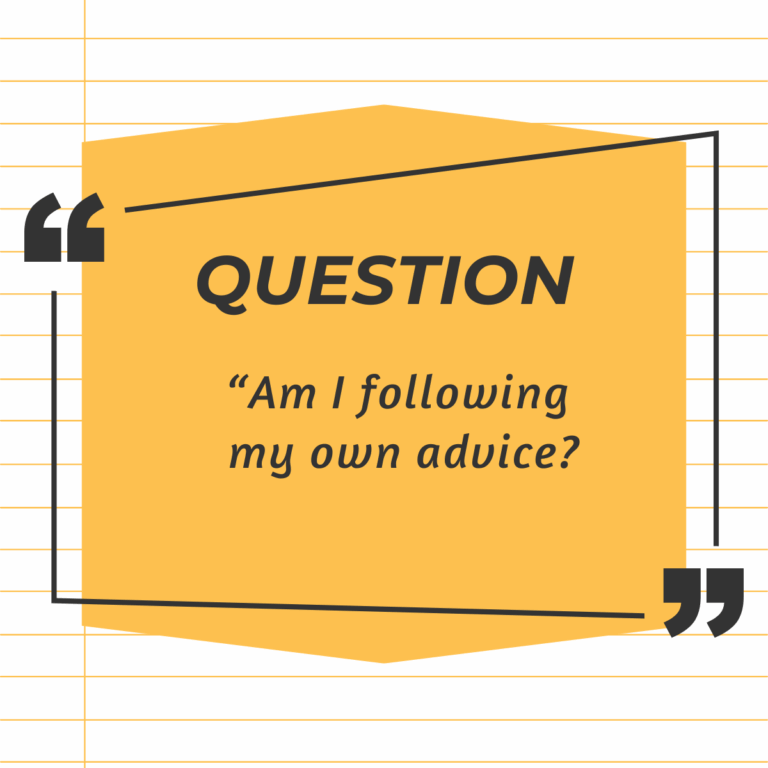
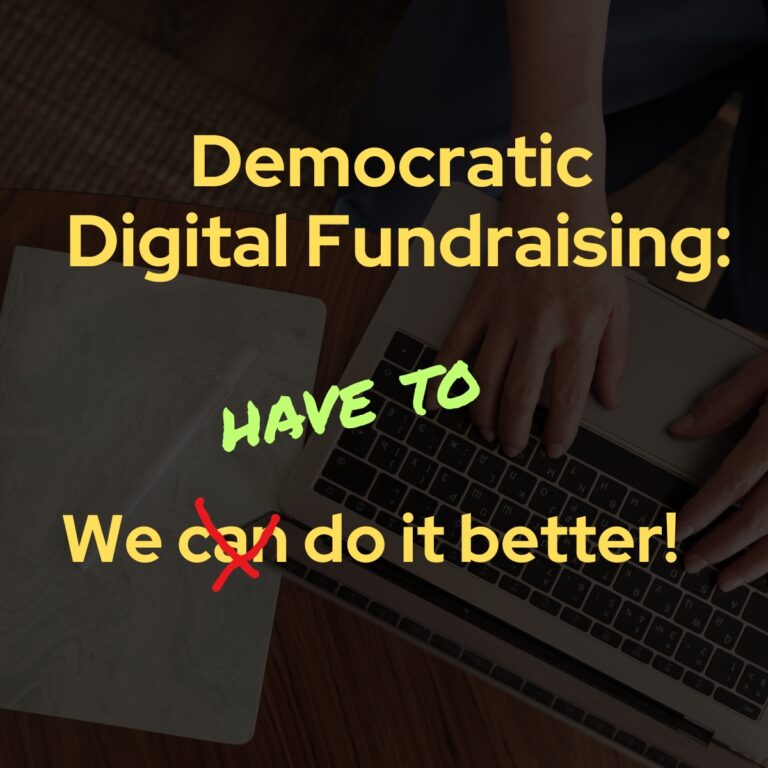

Interesting thoughts on email-centric vs social media engaged audiences. Can yiu say more about how you speak to these audiences differently?
Hi Kathy,
I’m going to focus on the very question you asked in an upcoming Monday Memo. But the quick thought is this. If we’re falling into the use of email as a purely transactional, donation collection channel, that may be depriving email-centric audiences of enough emotionally engaging content. So we either need to address that through a different email approach to that audience or by making sure we’re delivering stronger content to them via other channels.
Frank
Great advice and lines up perfectly with what I’m experiencing in the advicacy work I’m doing both in dm, email, and social.
This year I’m finding —for fundraising— that substantive long-form dm and email produces far more responses than the copy cat, alarmist, we’re leaving town if you don’t rush your $3 in by midnight for the 600X match variety
A most important point in your memo: write to the timing and specific needs of the individual candidate/campaign.
Keep ‘em coming Frank. Great advice
Roger
Thanks Roger. Encouraging to hear that you’re seeing substantive messaging perform well for 2024 fundraising efforts.